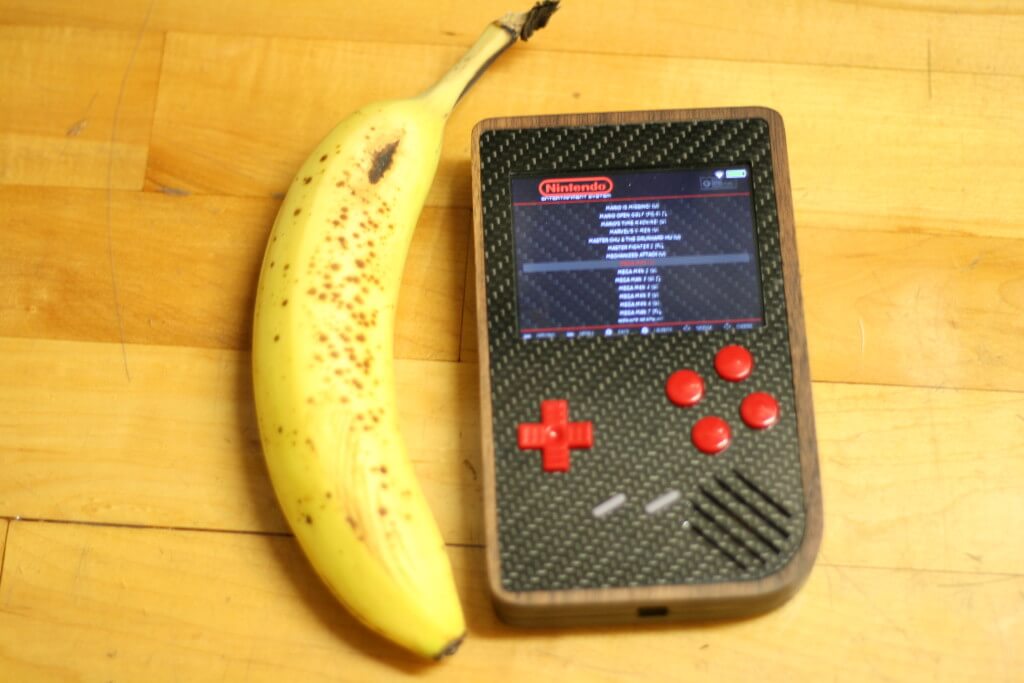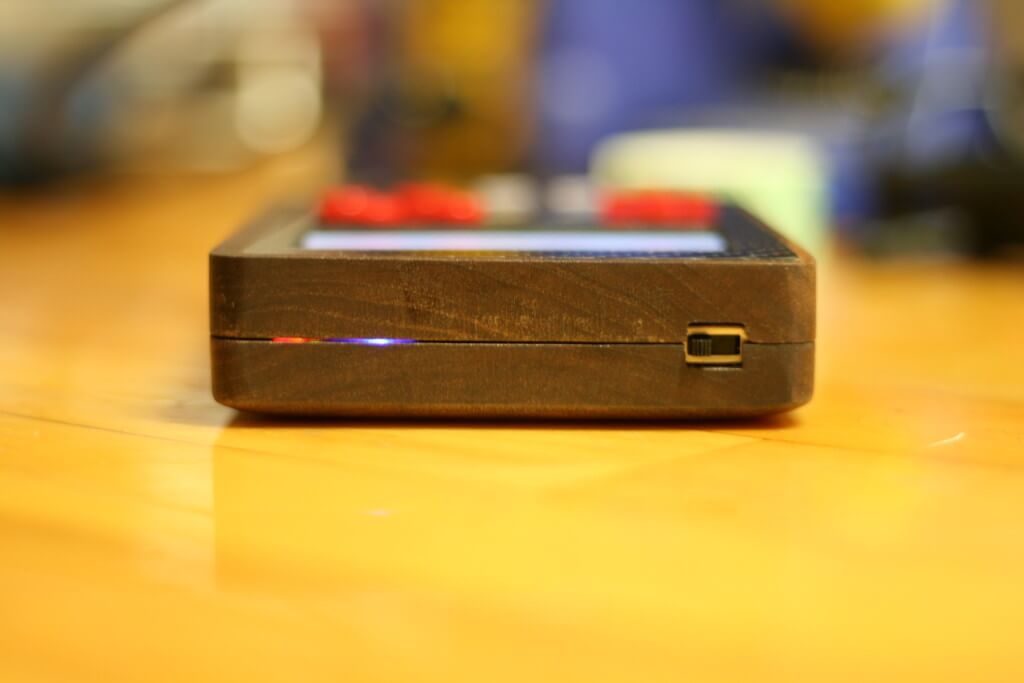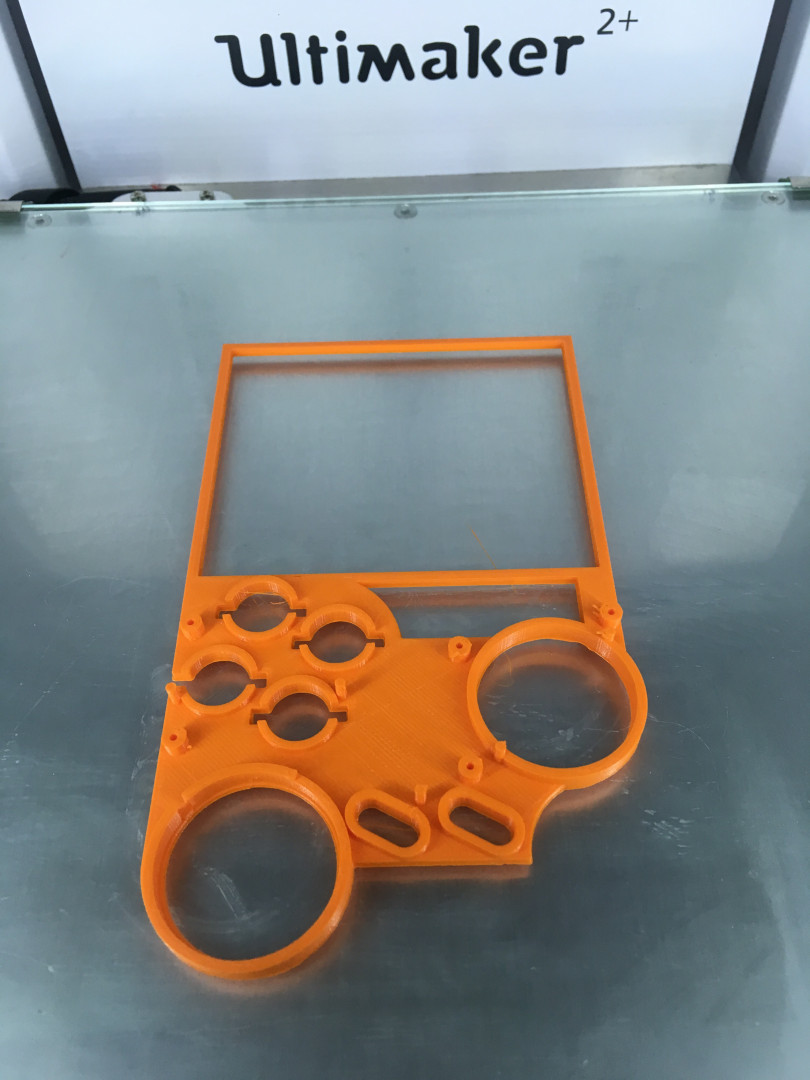Creator Michael Castor used wood, carbon and a customized circuit board to create a beautiful Raspberry PiBoy gaming system.
Michael Castor, an avid maker, was asked by software company Vectric to attend a user group meeting in Las Vegas. The company also asked Castor to make and present a project using the company’s software.
He took up this task and decided to design a portable Raspberry Pi-enabled gaming system with a twist of his own. His idea was to make a stylish case using walnut and carbon fiber.
For this project, he chose a Raspberry Pi-based all-in-one customized circuit board. He bought the “Kite’s Super AIO” from Giles Burgess which he found on SudoMod forums. This board is based on a Raspberry Pi and is shaped to mirror the dimensions of a Game Boy Classic.
“Since the electronics were already done I just had to design an enclosure. I wanted the device to maintain the 80’s charm of the original Nintendo GameBoy but look more “dapper” and timeless. I like the blend of carbon fiber and wood and wanted it to have a somewhat organic form that would be easy to hold for extended gaming sessions,” explains Castor.

Creating the “Dapper” Raspberry PiBoy
Castor began the project by using Vectric’s Aspire CAD/CAM software – he adds that he was quickly able to create an outline. He drew an enclosure around the SAIO PCB so it would fit into the enclosure.
The final design has everything from indents for your fingers and is made from American Walnut hardwood that Castor picked up from a local WoodCraft store. However, he started by creating a few prototypes to ensure the final version would be correct.
A particularly cool aspect of the design is the GameBoy buttons which Castor 3D printed himself. To do this, he used AutoDesk Fusion 360 and an Ultimaker 2+ printer. He adds that he receives compliments whenever anyone else plays the game as the button action is better than the USB SNES controllers.
However, as impressive as the result is, Castor explains that this project was one of the most difficult enclosure products yet. But, he adds that it is also one of the most rewarding.
According to Castor, the final product looks and plays well and is only slightly larger than an original GameBoy. He includes a full list of parts and a description of his methods over on his blog. If you’re up for a challenge, Castor estimates that creating your own Raspberry PiBoy would cost between $150 and $200.
His useful advice? “I didn’t test absolutely everything and ended up needing to touch up later. Learn from my mistakes!”
Source: MKCastor

License: The text of "American Walnut & Carbon Fiber: A Raspberry Pi-Powered Game Boy Extravananza" by All3DP is licensed under a Creative Commons Attribution 4.0 International License.
